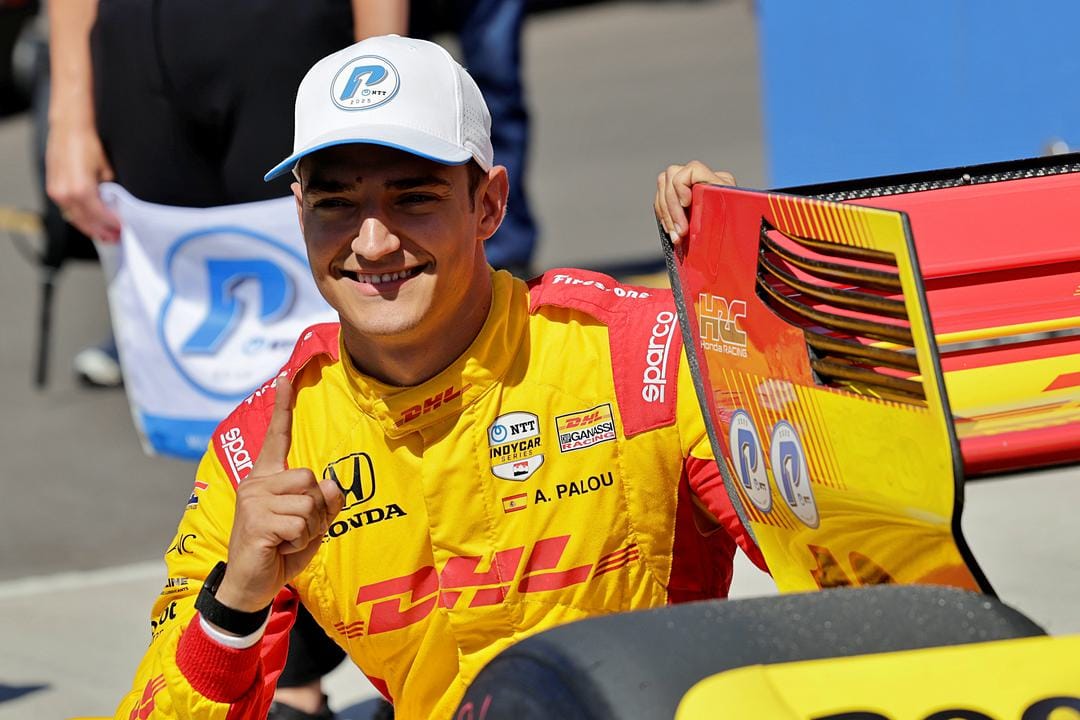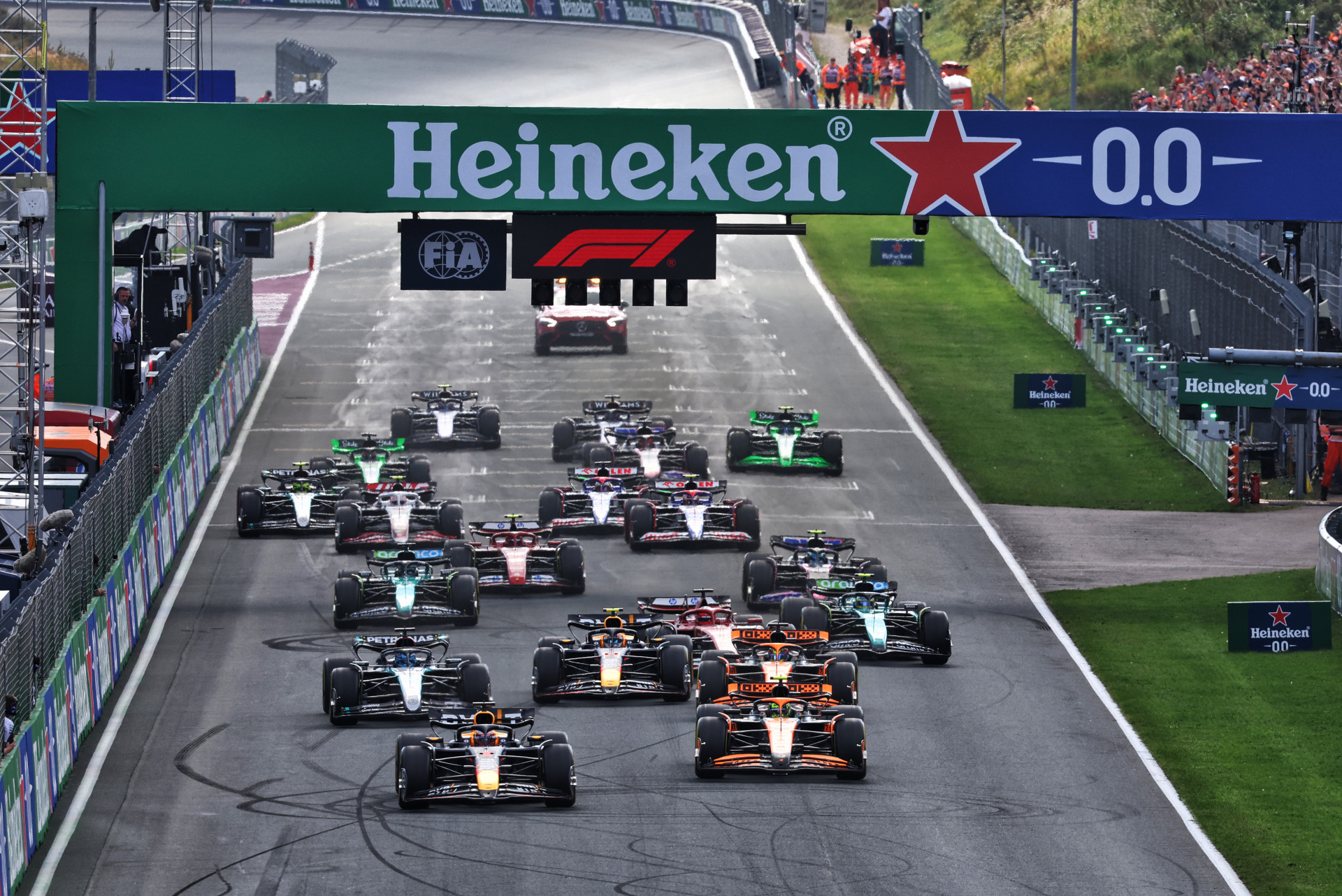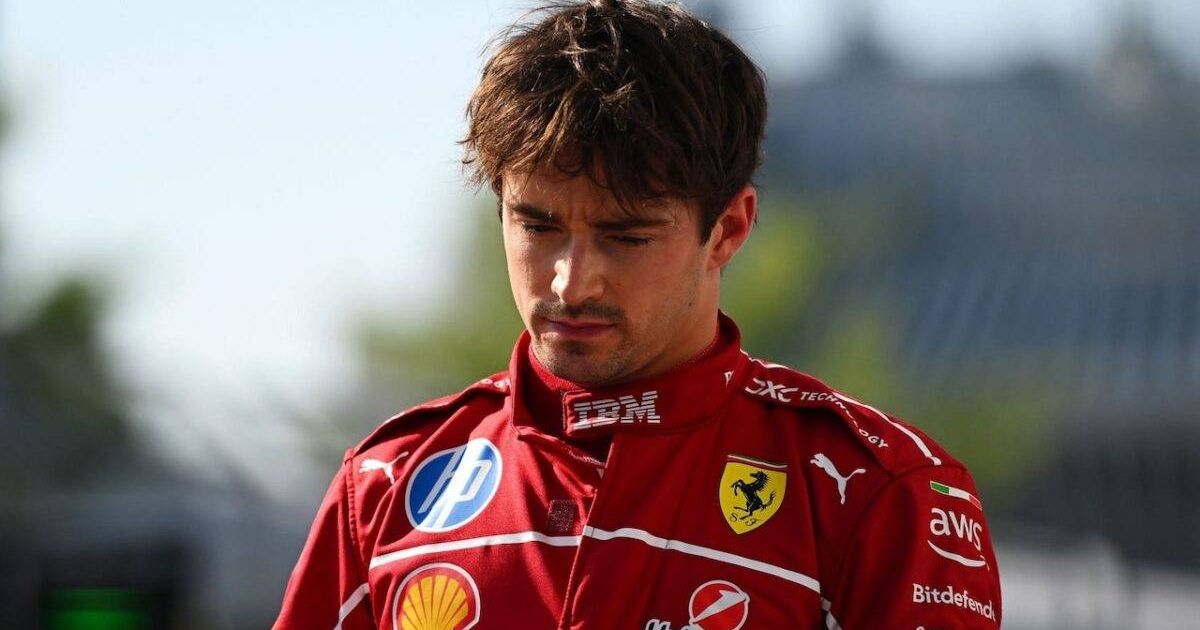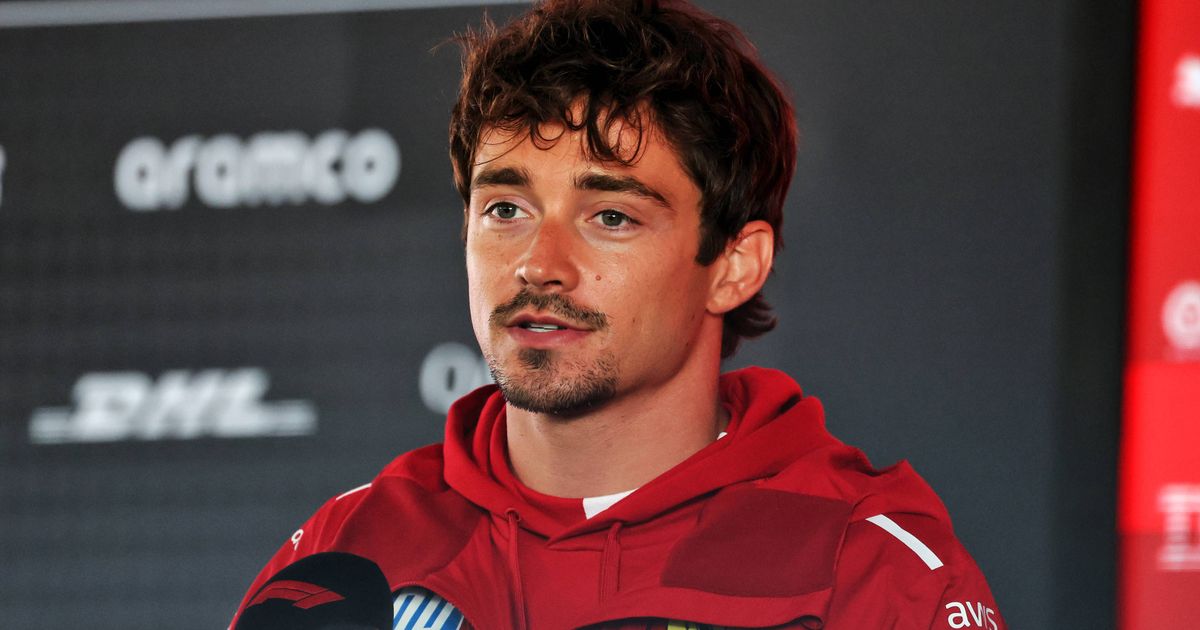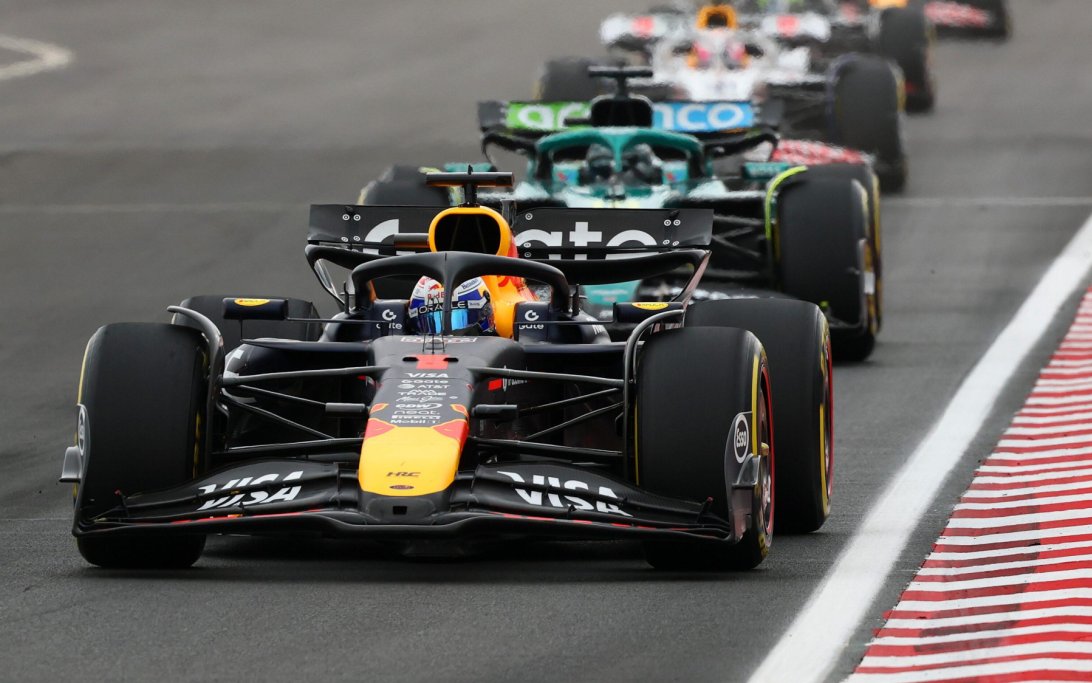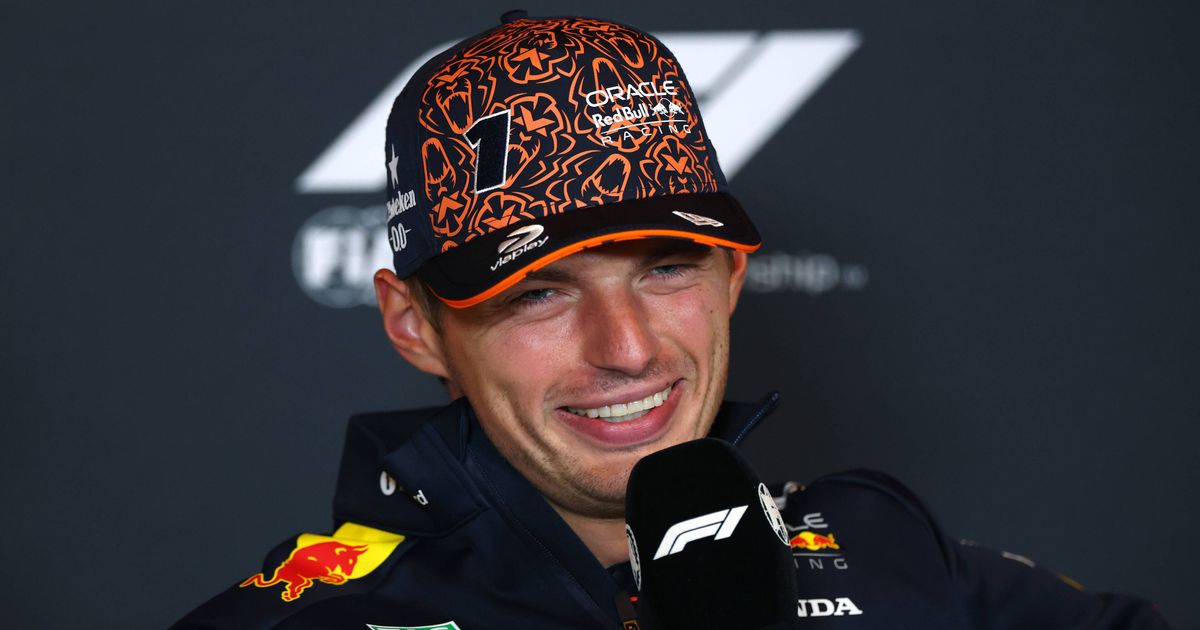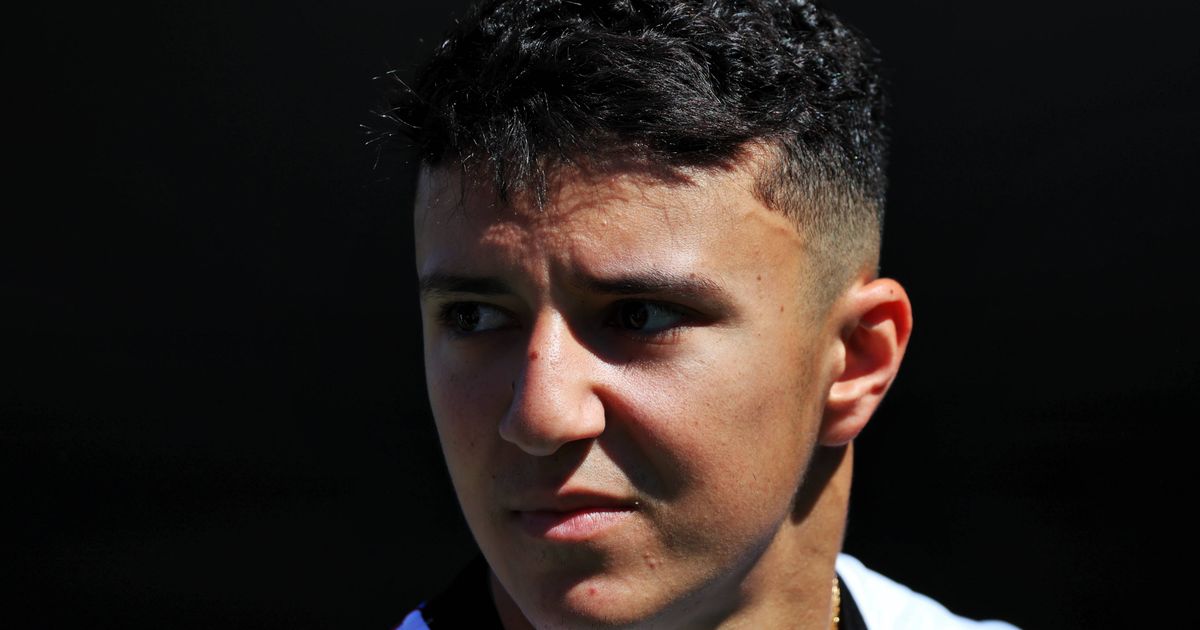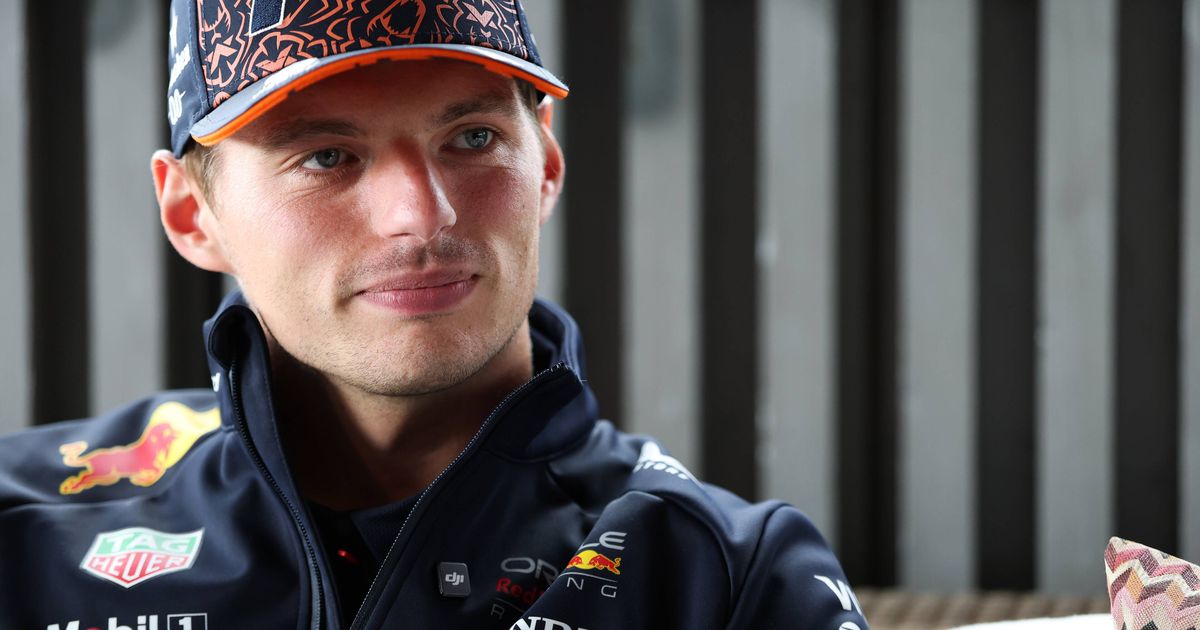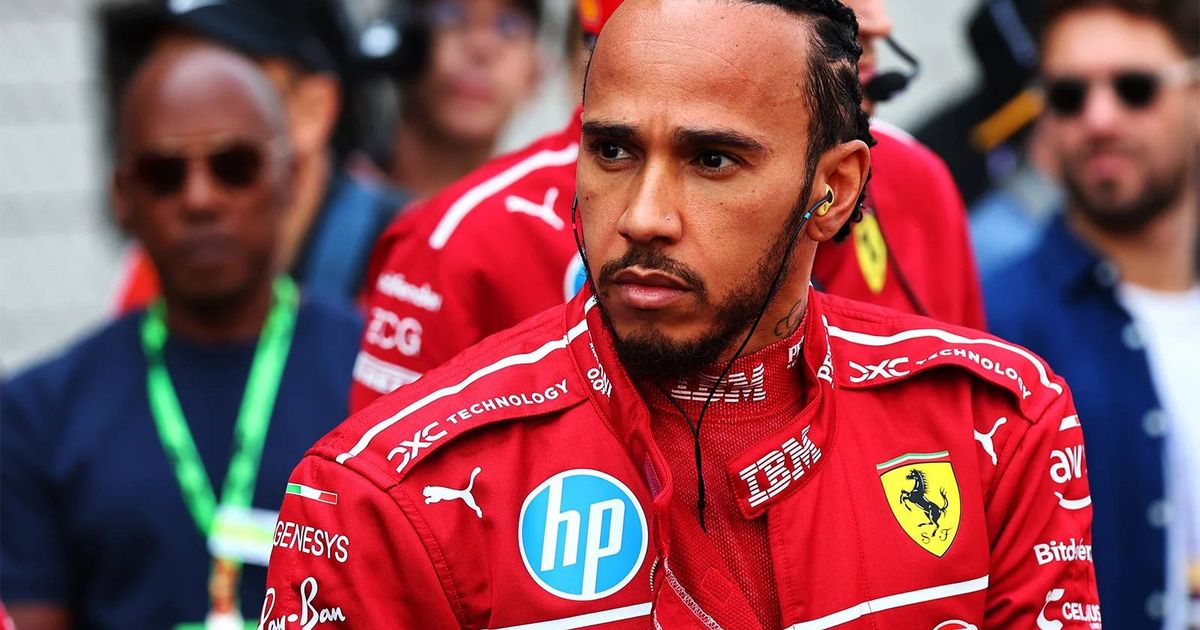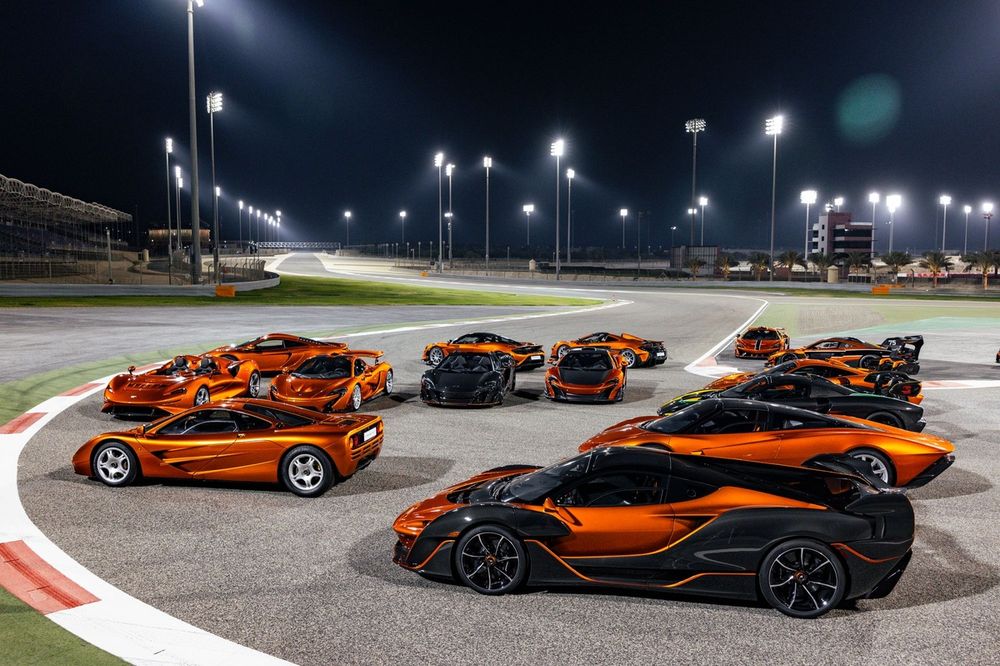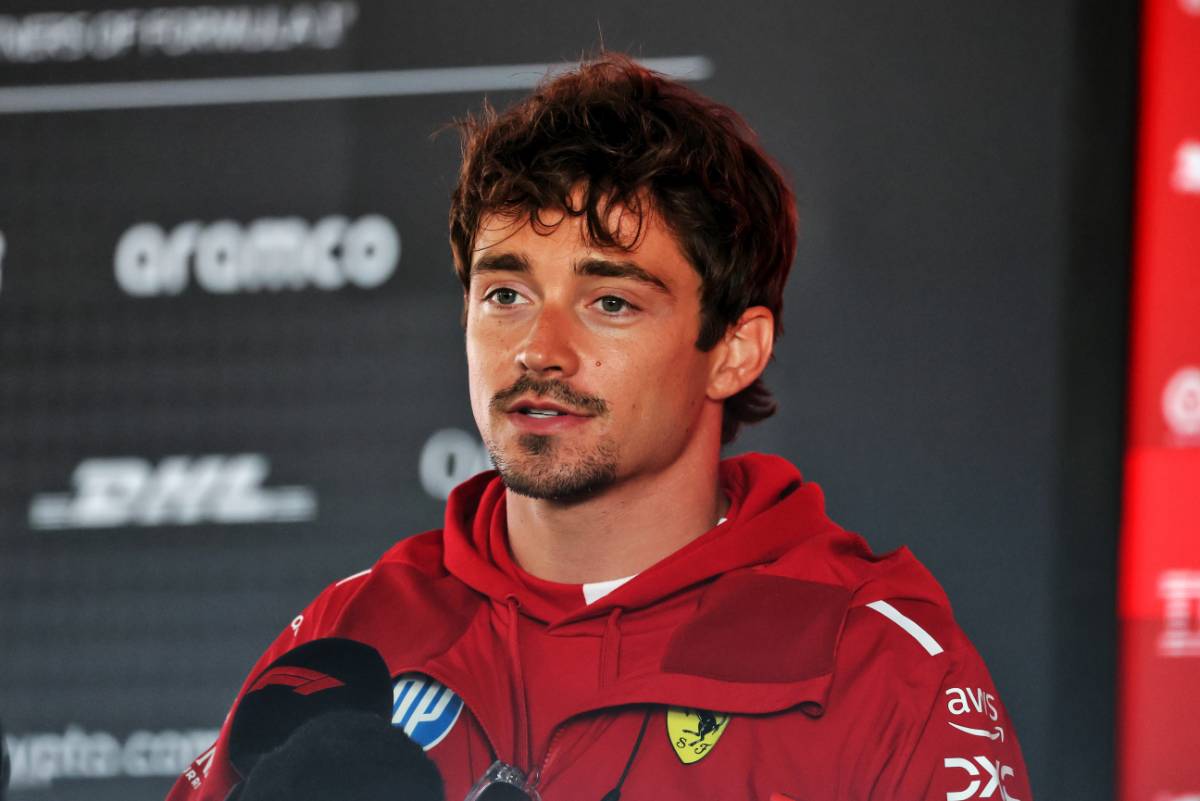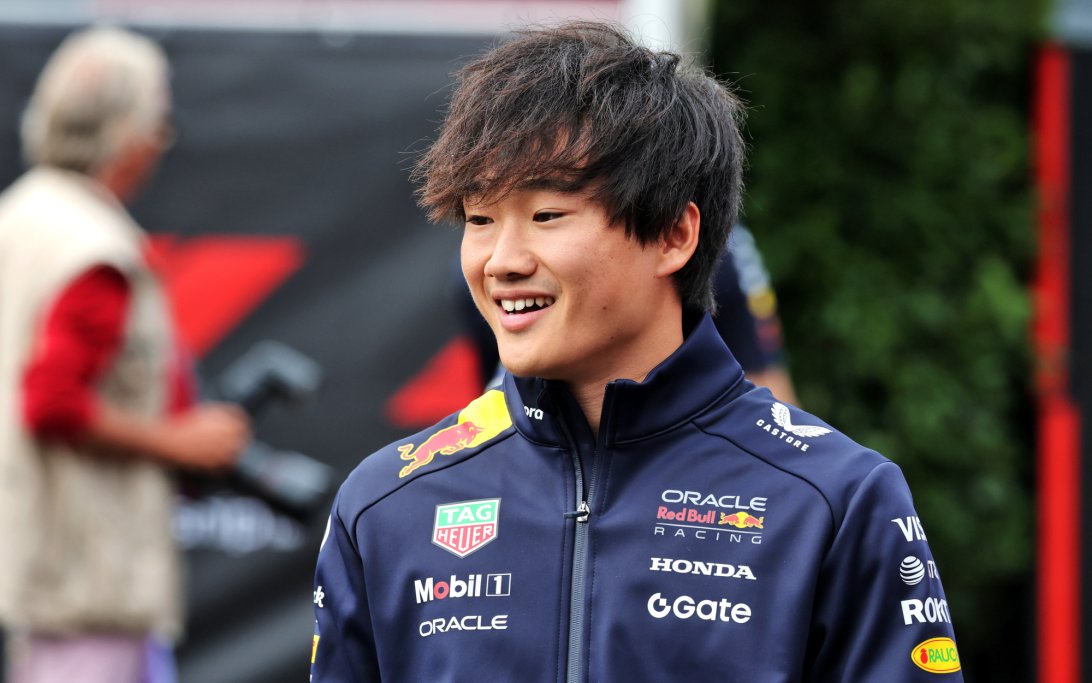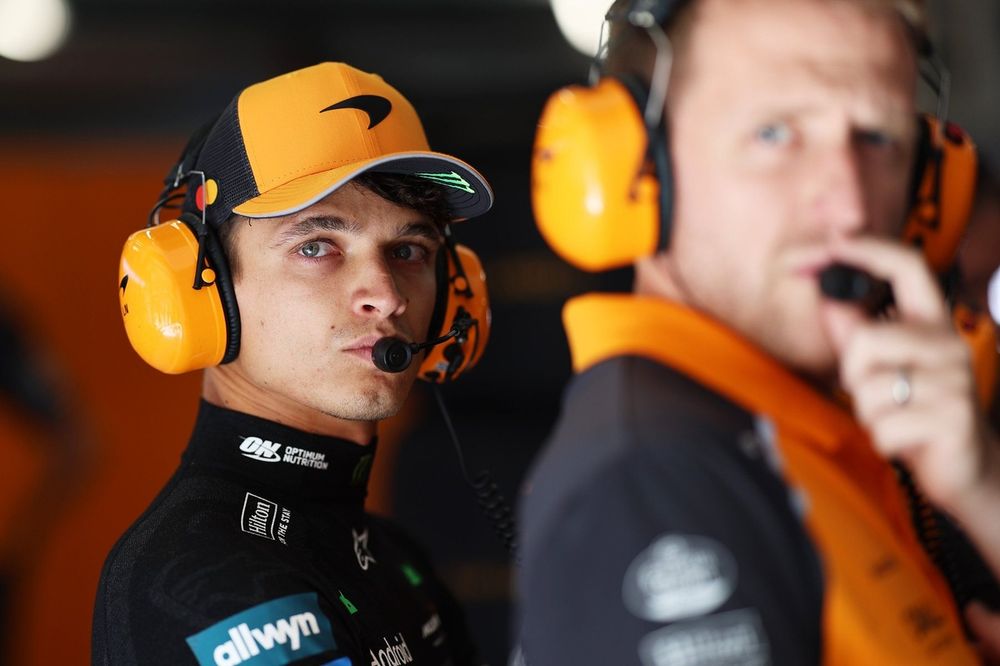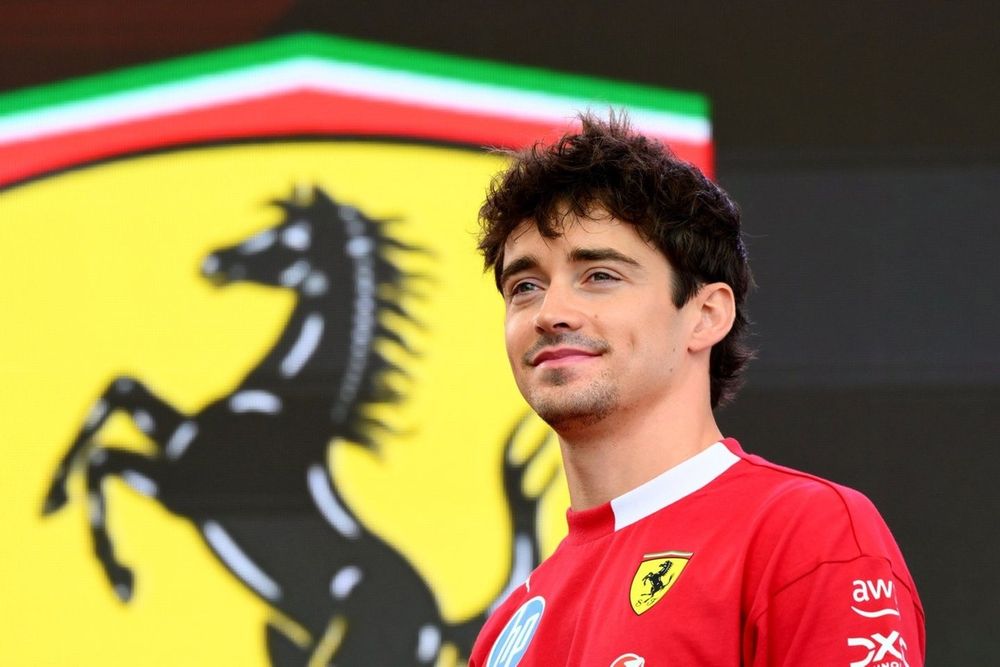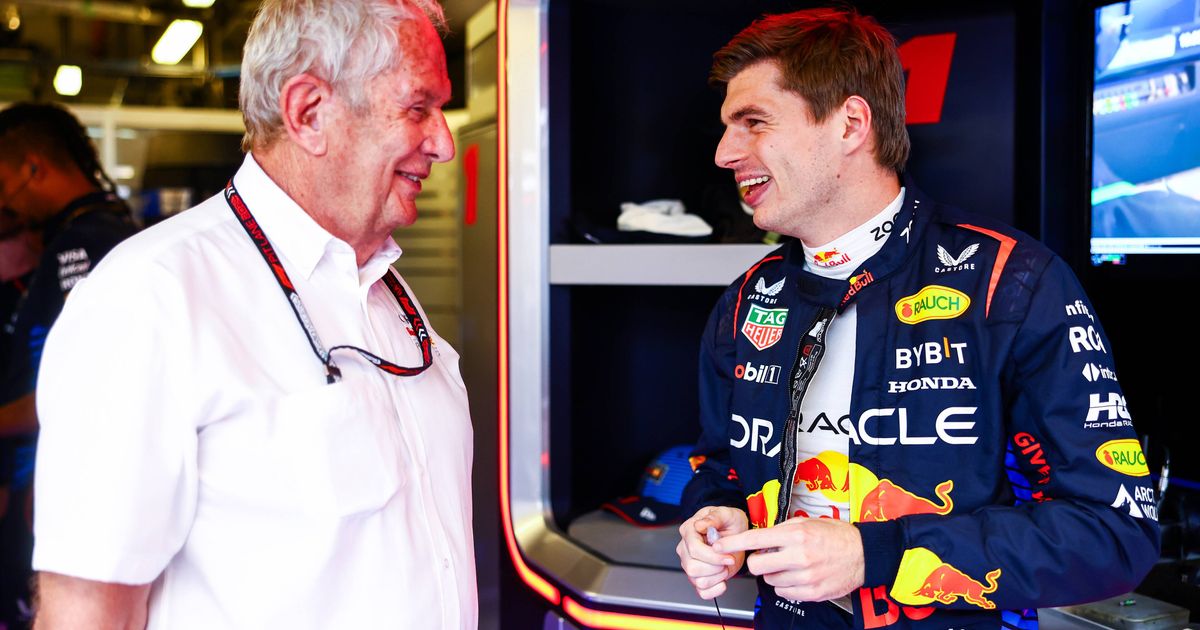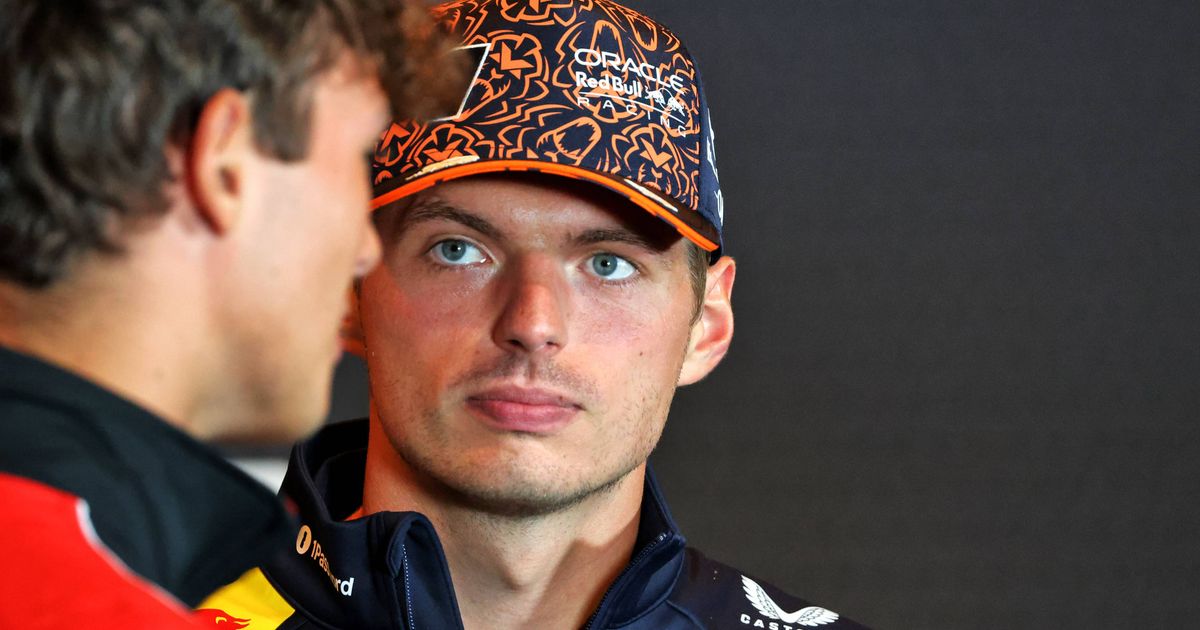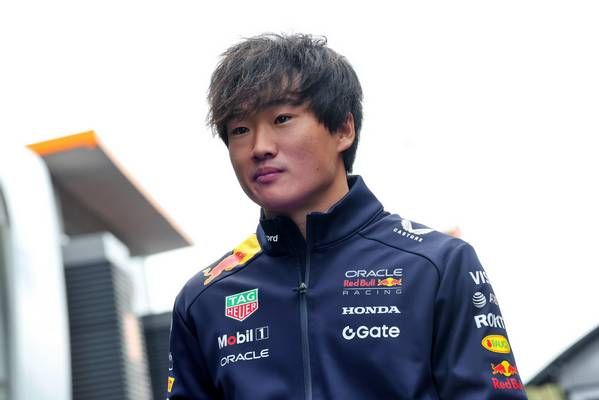Carlos Sainz has stated that his workload at Williams this season is significantly higher than during his time at Ferrari. This increase is attributed to Williams's more limited resources in its simulation and testing departments, necessitating greater direct involvement from its race drivers.
Why it matters
Sainz's move to Williams for the 2025 season came after Ferrari announced Lewis Hamilton as his replacement. While the early decision allowed him time to weigh options, his current season at Williams has been challenging, sitting 15th in the drivers' championship with only 13 points—his lowest standing since his rookie year in 2015. Despite these struggles, Sainz remains cautiously optimistic about his role and the team's trajectory.
The big picture
Sainz acknowledged that Williams's car this season is more competitive than anticipated, occasionally allowing them to fight against top teams like Red Bull, Mercedes, and Ferrari. However, this improved performance has also "stressed the system," exposing areas like reliability, strategy, and overall weekend execution that need significant improvement. He views this as a crucial learning experience, providing a "heads up" on what needs to be addressed to compete at the top.
The details
Sainz believes the car's underlying performance has exceeded his expectations for 2025, suggesting the team could potentially be as high as seventh in the standings if they could consistently execute a complete race weekend. He admits the team isn't yet fully prepared for such consistent execution.
The higher workload, Sainz explains, stems from the absence of comprehensive tools and support systems found at top teams, such as advanced simulators and dedicated reserve drivers. "While maybe we don’t have the whole setup as I used to have in Ferrari... it involves a lot more of the driver time and to do things," he noted. He sees this increased involvement as part of his role, stating, "I know Williams also hired me for that capability that I have to help on those areas." Sainz expressed confidence that this dedicated effort will eventually yield positive results, even if the exact timing remains uncertain.


